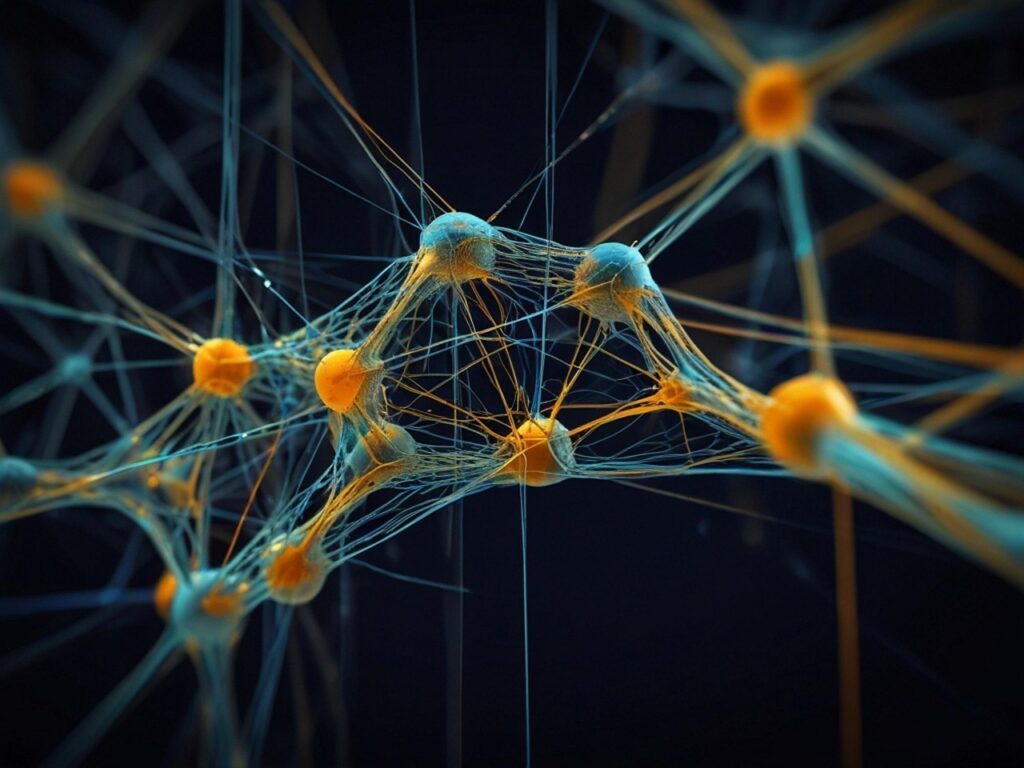Big data and data science are set to bring in a digital revolution with groundbreaking technologies like artificial intelligence (AI), machine learning (ML), and deep learning. The essence of data science is to dive into massive datasets to extract meaningful information from them. The insights that data scientists and data analysts obtain from large volumes of data is the secret sauce that’s rapidly transforming everything around us. Institutions and organizations across various sectors of the industry are now leveraging data science technologies to power innovation and technology-driven change. In fact, nearly 53 percent of companies have adopted big data analytics in 2017, which is an enormous growth from the 17 percent in 2015.

As more and more companies are inclining towards data science to transform their organizational infrastructure for the better, it is giving rise to new and exciting career opportunities such as data scientists, data analysts, ML engineers, data architects, big data engineers, and so on. Thus, if you wish to start a career in data science, the time is now. There are plenty of resources available today to help you get started in data science and online platforms offering specialized data science courses are an excellent option. The advantage of online courses is that you can master data science concepts at your own pace and convenience.
Data Science and Artificial Intelligence
The fields of data science, AI, and ML are intrinsically linked to one another. While artificial intelligence is a broad umbrella that includes a wide range of applications, right from text analysis to robotics, machine learning, is a subset of artificial intelligence that focuses on training machines how to ‘learn’ via advanced algorithms and perform specific tasks while simultaneously improving performance through experience. Data science is a branch of computer science that deals in the extraction of valuable insights from vast datasets through a combination of disciplines such as mathematics, ML, statistics, and data engineering.
Today, AI and ML technologies are transforming the industrial landscape, and this is possible only because these technologies are backed by data science. While AI is about creating “intelligent and smart” machines, it cannot do without ML. As mentioned before, machine learning algorithms are required to train machines to learn from behavior patterns and cues. Then again, ML cannot function without analytics, which in turn cannot function without data infrastructure. Harvard Business Review maintains that, “companies with strong basic analytics—such as sales data and market trends—make breakthroughs in complex and critical areas after layering in artificial intelligence.” However, for AI to create a true impact, you require the right data and a team of experienced and trained data science professionals who know where to look for the data and how to integrate it with AI and ML tools.
Let’s take the example of smart personal assistants like Siri, Alexa, and Cortana. These smart assistants represent the ‘Narrow AI’ and can interact with you and perform a limited number of tasks such as play songs for you, tell you about the day’s weather, or even do a little shopping for you. But, as we said, they can only perform ‘limited’ tasks since they have been exclusively ‘trained’ to do so. As data science continues to evolve in the future, data scientists might be able to tweak the algorithms of these assistants into more advanced ones (General AI) and then, maybe intelligent assistants can perform more complex tasks with much more precision than humans.
Data Science and Robotics
With the advance in data science, the field of robotics has definitely improved to a great extent. During the initial days of development, scientists were faced with two major challenges -one, predicting every action of a robot, and two, reducing the computational complexity in real-time vision tasks.
While robots could perform specific functions, it was impossible for scientists to predict their next move. For every new functionality, a robot would have to be reprogrammed every time, which made the task a tedious one. Another major obstacle with robots is that unlike humans who use their unique sense of vision to make sense of the world around them, robots can only visualize the world in a series of zeros and ones. Thus, accomplishing real-time vision tasks for robots would mean a fresh set of zeros and ones every time a new trend emerges, thereby increasing the computational complexity.
Enter machine learning to solve these issues in robotics. With ML, robots can acquire new behavior patterns through labeled data. Handwriting recognition is an excellent example. In handwriting recognition, computers are fed with labeled data—both positive and negative. Once the computer has successfully learned to differentiate between positive and negative examples, it is presented with new data. Based on the previous experience (during the training phase), the computer can predict the qualified classifiers for recognizing the handwriting. Thanks to advanced ML algorithms powered by tons of data that computers are now able to perform handwriting recognition much more accurately than they were ten years ago.
Furthermore, reinforcement learning, the branch of ML that is “the closest that machine learning can get to the way how humans learn” teaches computers and robots to perform specific functions according to their environment to generate outcomes that fetch either rewards or penalties. Thus, every time the robots lead to penalties, they can learn from their mistakes and know what course of action to take to fetch awards. Personalized recommendation lists of online portals such as Amazon and Netflix are the best examples of reinforcement learning. This wasn’t possible ten years ago!
As data scientists continue to leverage AI and ML to develop smart machines, in the process, they are gaining a deeper insight into the world of data science itself. Using AI and ML, data scientists and analysts can process, analyze, and interpret vast datasets much faster than ever. For instance, the MIT Data Science Machine can process large volumes of data and produce better predictive models anywhere between two to twelve hours, while the same would take months if done manually by data scientists. Another excellent case in point is that of California’s NuMedii Labs. Data scientists at the NuMedii Labs used network-based data mining algorithms to identify the correlations between the disease information and the drug composition to estimate the drug efficacy accurately. In this way, NuMedii aims to reduce the amount of time and risk associated with the process of drug development by bringing effective drugs into the market much faster than would happen through traditional methods.
Thus, data science, AI, and robotics have a pretty much symbiotic relationship. Each enhances the other to power innovative machines and technologies that are making our lives more convenient than ever. The collaboration between data science, AI, and ML has given us things like self-driving cars, smart assistants, robo-surgeons and nurses, and so much more. In the future, more is to come!




Comments are closed.